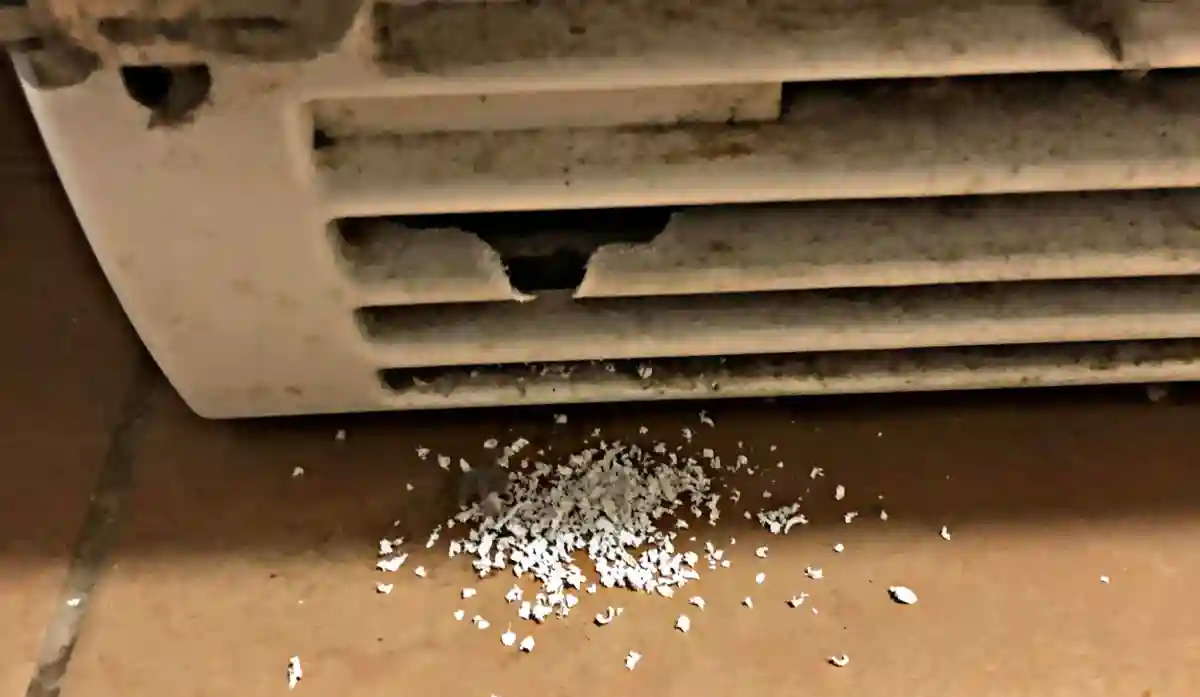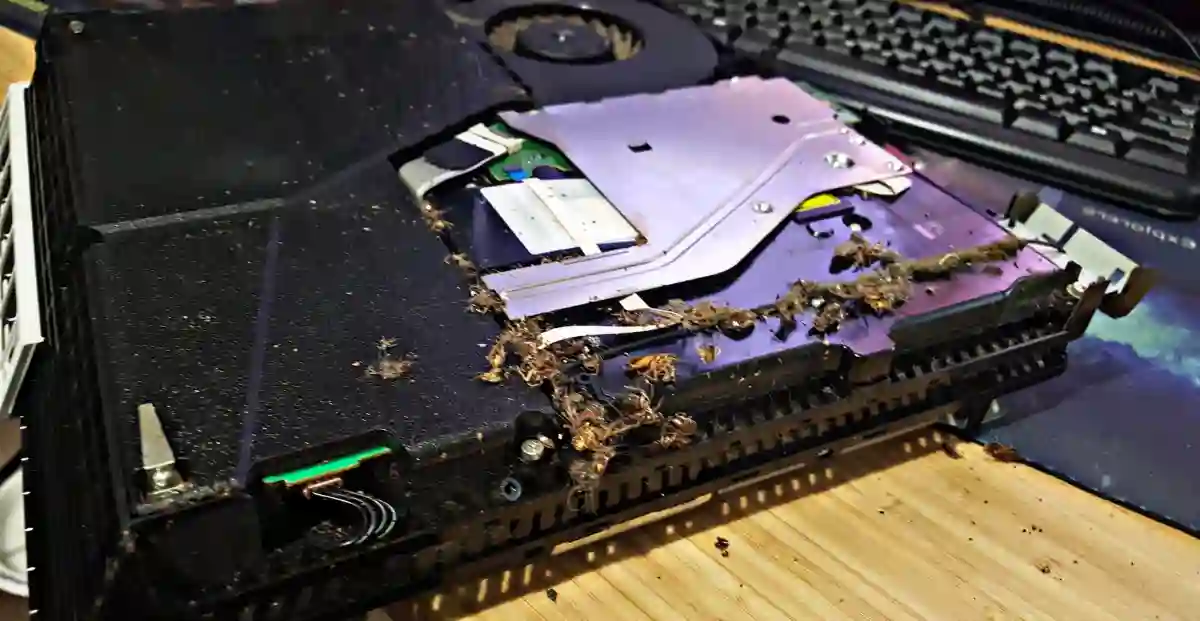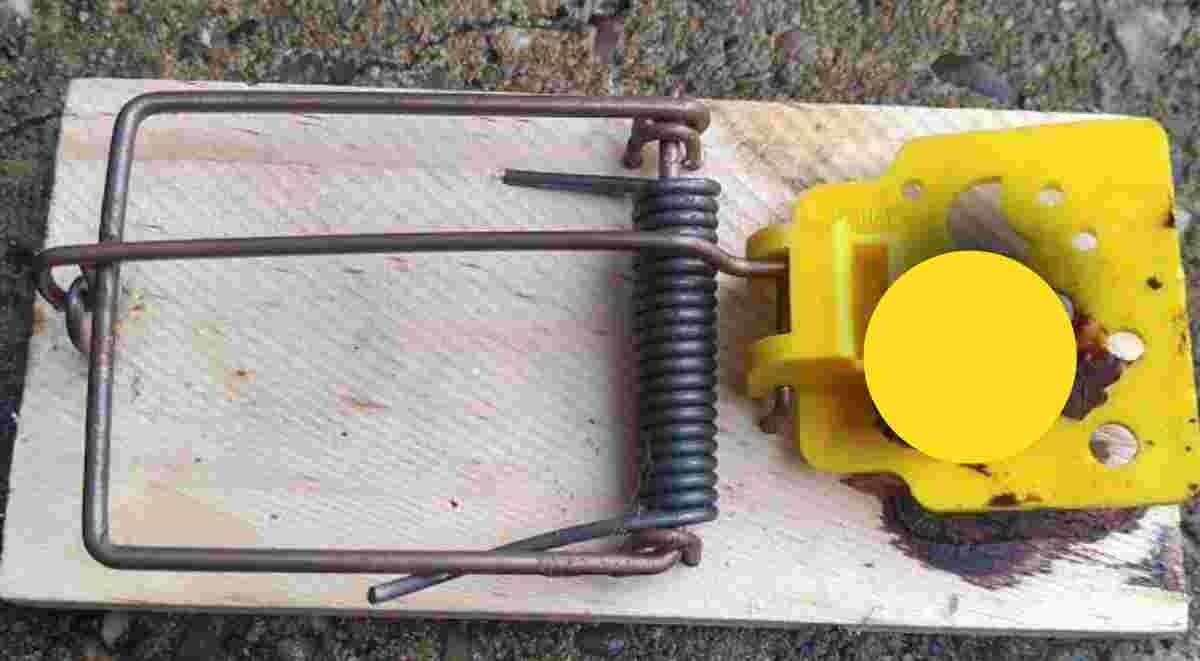In warmer months, pet owners struggle with fleas. These small, wingless parasites can swiftly infest a home, causing both pets and humans distress. To eliminate a flea infestation, you must first assess its severity. The amount of fleas in your home does not always indicate the severity of the infestation, as even a tiny number of fleas can pose a big problem. Flea eggs and larvae, flea bites, and pet behavior can all affect the severity of an infestation. This post will discuss how to tell how bad a flea infestation is and flea management strategies.
How to tell how bad a flea infestation is

You have probably noticed your pet acting differently or maybe scratching a little more. It could be fleas, so below are signs of and how to tell the severity of flea infestation in your home.
1. Excessive scratching
Excessive scratching is the most likely sign to tell how bad a flea infestation is through your cat or dog. Dogs and cats get uncomfortable by bites, which is why they scratch or bite the affected areas.
Fleas also tend to hang out in places that your pets can’t easily get to and they prefer to hide in animals with thick hair. Remember that animals typically scratch constantly. But look more closely if they scratch for long periods of time, it could be fleas.
2. Flea dirt
Small reddish-brown or black spots on your pet or around your home could be a sign to tell how bad a flea infestation is. Even though it could be normal dirt or dust, it’s important to check and be sure. Flea dirt is flea feces. Due to the blood that has been broken down, it frequently has a reddish color.
To tell flea dirt from normal household dirt or dust, put some on a white paper towel. Spritz with water. If you start to see red or brown colors, it’s probably flea dirt.
Flea dirt appears as tiny, dark specks on your pet’s skin, fur, or bedding. Flea dirt is easy to spot by combing your pet’s fur over a white surface and looking for black spots. Flea dirt on your pet indicates a flea infestation in your home.
3. Notable hair loss
Alopecia, another name for sudden hair loss in pets, could be a sign of fleas in your home. This hair loss is typically due to your cat or dog constantly scratching and biting at the places where they are getting bit. Moreover, some types of fleas can cause a reaction that results in hair loss. If you start to see patches of hair loss and some scratching, you should have a vet look at your pet.
4. Welts and red skin
Flea bites can sting. But since they jump around so much, you’d probably never catch one in the middle of a bite. Check for fleas if you start to feel tiny bumps. When your dog or cat gets bit, it can cause allergic reactions. Flea saliva can cause red, irritated patches of skin and painful-looking welts.
If you notice any of these skin changes in your pet, carefully look through their fur. Check the armpits and groin too. Consider wearing gloves to prevent flea bites.
5. The white-sock test
Maybe you haven’t noticed any bites but this does not mean your carpet is free of fleas. One way to tell if you have fleas in your home is to put on a pair of white cotton socks and walk around your home or the suspected areas.
Higher socks are better because you’ll be less likely to get bitten. Walk around carpeted areas for about 5-10 minutes. If there are fleas around, they will jump up and try to get a ride. Try shuffling your feet to wake up any hiding fleas.
After walking around, carefully remove the socks and inspect them for signs of flea infestation. If you see flea signs, act quickly. Fleas, like many other pests, can make life miserable and damage your home.
6. Knee and ankle bites
You might be worried about your pet getting bites, but if your home has a flea problem, you could also be a meal. You probably go around barefoot a lot. If you do and get bites on your ankles and knees, it’s probably fleas.
These bites will not swell up a lot, but they can be very itchy. They will have one tiny puncture hole where they were bitten. This distinguishes flea bites from spider bites, which typically have two puncture holes. Nevertheless, a spider bite looks like any other bug bite — a red, inflamed, sometimes itchy or painful bump on your skin—Mayo Clinic.
7. Pale gums
Inspect your pet’s gums if you think it may have fleas. Fleas feed on your pets’ blood, so they may get anemia. Anemia is basically a lack of red blood cells or hemoglobin in your pet’s bloodstream.
If your pet has pale gums and has been more tired than usual, it could be a flea infestation. Take your cat or dog to the vet right away.
8. Flea eggs in the carpet
Checking the carpet for eggs is another way to tell if your home has turned into a flea playground. Fleas lay their eggs in the carpet because it is a relatively safer place for them.
Make sure to wear gloves and run your fingers through the carpet to look for eggs. Flea eggs are typically very small and white. You might need a magnifying glass due to their small size. In essence, if you find eggs all over your house, you have a pretty bad flea infestation.
9. Restless pets
In addition to scratching more than usual, a pet with fleas is likely to get antsy. Any sudden behavior change is a cause for flea concern. For example, if your dog is usually calm and friendly but suddenly becomes snappy and restless, it could be fleas causing discomfort. This behavior suggests that they are struggling with something, which could be flea bites.
Read also: bleach may kill drain flies
How many fleas are considered an infestation?
The number of fleas considered an infestation can vary. If you see one flea, take measures to prevent an infestation.
A flea infestation is serious if there are many fleas on your pets or in your home. Female fleas can lay 50 eggs each day, and an infestation can swiftly worsen if left unchecked.
A moderate flea infestation is up to 20 fleas on your pet or in your home. A serious infestation can have hundreds or thousands of fleas. When you see any flea infestation symptoms, such as increased scratching, hair loss, red skin, ankle bites, or restless pets, act quickly.
Read also: signs a mouse has an infection
Conclusion
If you still have a flea problem despite your best efforts, even flea sprays and flea dust may not help. They rarely get rid of fleas and can put your pets, especially cats, at risk of serious health problems. So let exterminators handle the problem safely and effectively.




